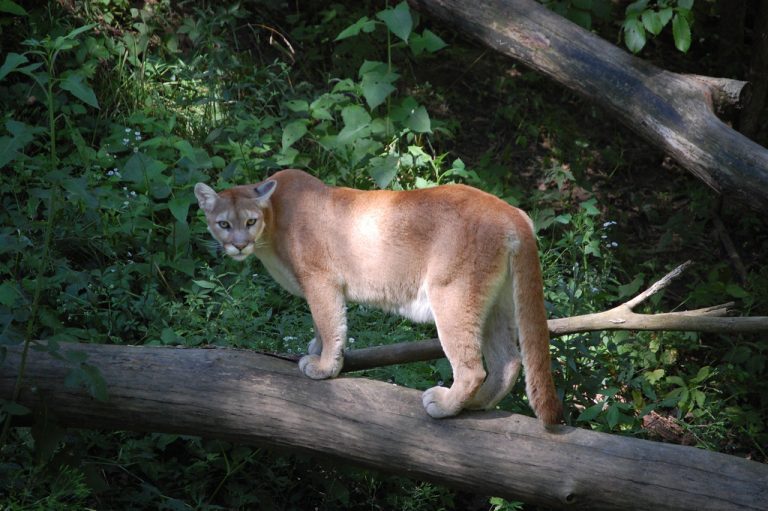Our Community
Newsletters & Events
Forms, Permits, & Info
Licenses & Permits
Safety
Sanitation
Utilities
Departments
Government
Committees & Boards
Contact
An ordinance defining Nuisance Animals and providing for enforcement of violations (incessant barking, dogs running at large, etc.) regarding Nuisance Animals. (Within the City Code (off-site link) see Title 5: Public Safety and Traffic Regulations; Chapter 1: Animal Control.) If you encounter a nuisance animal or an animal at large, please call the American Fork Animal Control Officer at 801-763-3020.
If you have an encounter with aggressive wildlife, alert the local police department or county sheriff’s office, who can contact a conservation officer to handle the situation. Click here for more information.
If the encounter is not life threatening, you may alert the Utah Division of Wildlife Resources (UDWR) office nearest you (Utah County: 801-491-5678). If the non-life-threatening encounter occurs after hours or on the weekend, alert the local police department (American Fork Police: 801-763-3020).
Venomous snakes in Utah have broad, triangular-shaped heads and vertical eye pupils. There are heat sensory ‘pits’ on each side of the snake’s head between the nostrils and eyes. Most venomous snakes in Utah have rattles on their tails.
Non-venomous snakes have longer snouts and round pupils.
If you can’t tell if the snake is venomous from a distance, leave it alone and treat it as if it were venomous. Any snake may respond aggressively if agitated.
Click here Venomous vs Non-Venomous Characteristics (PDF)
Click here Utah’s Venomous Snakes (PDF)
Snakes hibernate during the winter under rocks and in burrows. In the summer they are most active at dawn and dusk. Snakes mainly eat rodents, birds and other reptiles.
Although most encounters with snakes in Utah are not dangerous, it is important to learn how to keep yourself, your family and pets safe. Here are some tips to avoid conflicts.
If you encounter a snake outside of human development, leave it alone – it’s in its natural habitat.
Never try to poke, handle, corner or harass a snake.
Most snake bites occur when people are trying to handle or kill the snake. Teach children to respect wildlife and to look, but not touch.
Snakes hide well on open trails and in dense grasses. Be aware of your surroundings. Look carefully where you place your feet, and before you sit down on the ground, on rocks, or on logs.
Wear closed-toed shoes while hiking.
If you hear a rattle, don’t jump or panic. Try to locate where the sound is coming from before trying to move. Warn others if they are around.
If bitten, treat it as if it were a venomous snakebite. Do not use a tourniquet or cold compress. Do not suck out the venom. Keep the victim calm, remove restrictive clothing and jewelry near the bite, and keep the affected area below the level of the heart. Treat for shock if necessary and get medical attention immediately.
